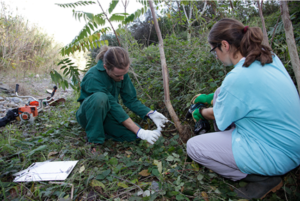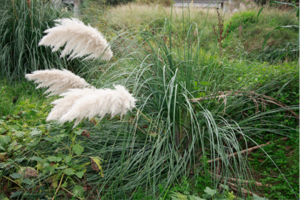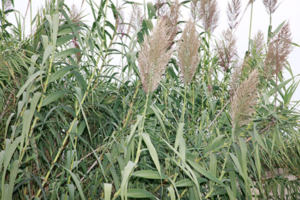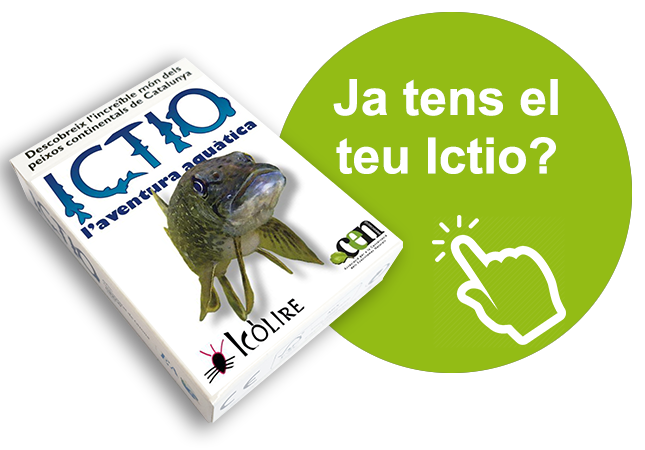The ailanthus (Ailanthus altissima) and the black locust (Robinia pseudoacacia) are two invasive exotic species considered to be amongst the 100 worst on the planet. The ailanthus is a deciduous tree originally from China that was introduced to Europe during the 19th century as an ornamental species. The black locust is also deciduous but comes from the United States. It was introduced in 18th century, also for gardens.
Both the ailanthus and the black locust have a high capacity of propagation thanks to its rapid growth, generation of lots of seeds, high survival rate, significant foliage growth, and high capacity for regrowth. Also, they have a high resistance against herbivores and seed eaters. Both species grow well in degraded habitats and tolerate a wide range of temperatures. They are resistant to high exposure to the sun, high humidity, atmospheric pollution and poor soils, but they dont grow well in shade. Because of this, they rapidly invade water habitats, scrub, bushes, forest edges, the side of paths and roads, cultivated land, gardens, etc.
The principal impact upon ecosystems is the formation of dense and almost uniform forests that displace native species of tree. Forests of ailanthus and black locust drastically diminish the biodiversity because they considerably reduce the availability of shelter and food for native animal species. Also, they considerably affect the structure and functioning of natural ecosystems and, therefore, the ecological services that we humans can benefit from.
The proliferation of these trees also has a direct economic impact because its growth, by means of its strong root system, can damage pavements, road verges, archaeological remains and other constructions. Additionally, the ailanthus can have an impact on human health because its sap can provoke dermatitis and myocarditis. Furthermore, they become a risk for safety because, as opposed to the autochthonous vegetation, they grow in dense forests in the riparian zone, their root system is very shallow and the wood is fragile. Therefore, they are easily washed away by floods and can overwhelm bridges and provoke significant damages. Because of this, the ailanthus and black locust are included in the list of the 100 worst exotic species in the world and Ministry of Agriculture, Food and Environments Royal Decree 1628/2011 on invasive exotic species.
In Tarragona, the ailanthus arrived a few decades ago and is now invading various waterways with much ecological and scenic value; mostly the Glorieta stream, but also la Selva stream, Poblet forest, roadsides and cultivated land. The distribution of black locust is less but its advance is still a threat for the region.









